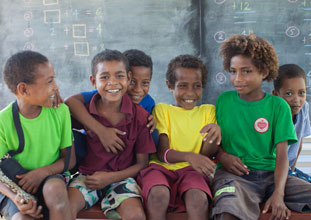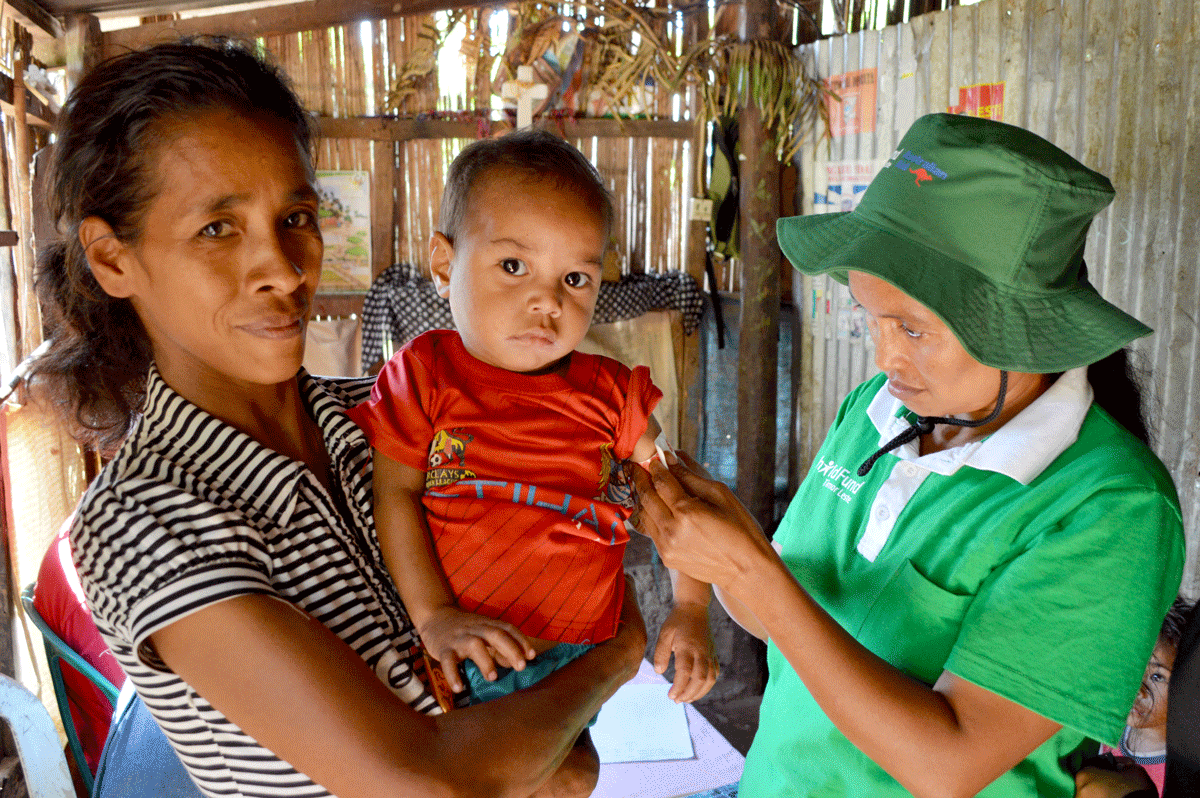Oumy, a mother of six from rural Senegal, rests easier these days because she can now stay ahead of her children’s health. Four years ago, a child’s illness could be terrifying.
Back then, if it wasn`t one thing, it was another: The baby might have diarrhea while the 3-year-old spiked a fever. The district-level government health post, nearly 3km away, might as well have been the moon when Oumy imagined making the trek with baby Thiawdo tied onto her back, and feverish Babacar in her arms. With her husband away seeking work, Oumy would have to leave her other children in the care of Mohammed, her eldest child.
Oumy is relieved to have left such experiences behind, ever since a volunteer-run community health hut became active in her village.
Part of the nationwide Community Health component of USAID`s current Health Program, Oumy`s health hut is one of 2,553 like it, and 1,674 outreach sites (for areas where there are no health huts) throughout Senegal`s 14 regions.
Now, Oumy says, “Whenever the children are sick, I don`t delay. I`ve learned to detect symptoms of things like malaria. When a child has a fever, I take them straight to the health hut.”
ChildFund is leading a consortium of organisations to carry out the project, and is collaborating with Senegal`s government to ensure health huts and outreach sites link more than 9 million people, 70 percent of the country`s population, especially those in the most remote areas to Senegal`s health system.
Like all of the project`s health huts, the one in Oumy`s community offers much more than basic pediatric care and management of common illnesses like malaria, diarrhea and pneumonia. With 17,000 trained community health workers (CHWs) supporting this nationwide project, assistance on maternal and newborn health, birth spacing, and nutrition monitoring is also being provided.
CHWs know the danger signs that require referring cases to the government health post for professional care. Nurses from the health posts also visit the communities monthly to provide immunisations, basic treatments and educational outreach.
Additionally, trained traditional birth attendants, known as matrones, work with pregnant women to provide prenatal care and promote safe delivery in a health centre setting, rather than at home. Other community volunteers, known as relais, also carry the messages of the health hut to their neighbours, teaching them how to protect themselves from disease and identify symptoms when they arise.
In each village, a CHW also works with a complement of grandmothers who leverage their leadership roles to provide special support and wisdom to young mothers, promoting healthy practices and prevention techniques. One of the grandmothers, Maimouna, remembers a case from before the health hut opened a woman who hid her out-of-wedlock pregnancy and did not seek prenatal care. Without any support, she passed away from complications. “But since the health hut was created in the village,” says Maimouna, “we know how to prevent these cases. We carry out home visits, we educate people, and we advise them about the services that are available to them.”
Even men, who in rural Senegal traditionally consider family health to be a woman`s concern, have been encouraging their families to make use of the health hut`s services. When Omar, a father of five, kept hearing from other men in his community about their families` improved health thanks to the health hut, he took notice. He had been worried for some time about his wife, who had experienced postpartum hemorrhage with every delivery, and he finally brought her in for support. Now, with basic care and information, Omar`s family is healthier and more secure.
A recent independent evaluation found that the project has significantly strengthened access to health care in underserved communities throughout the country. In turn, government health posts` loads have been lightened, and Senegal`s nationwide health system is working better overall. Moving forward, the project hopes to transfer the ownership and operation of health huts to their communities.

